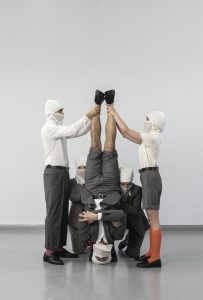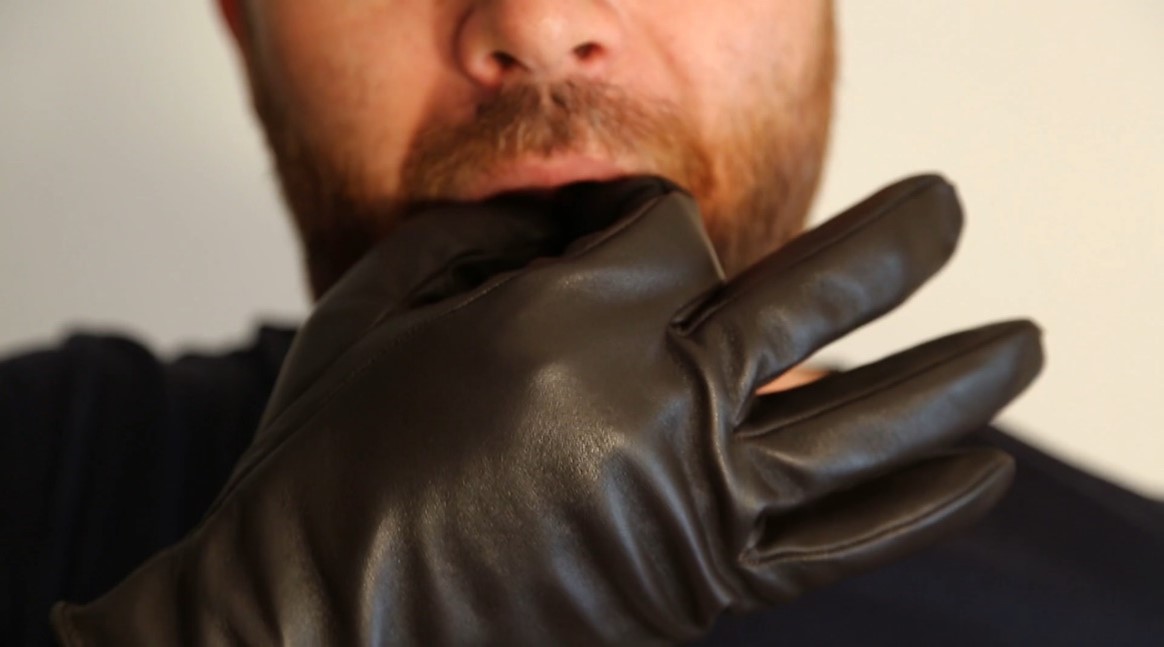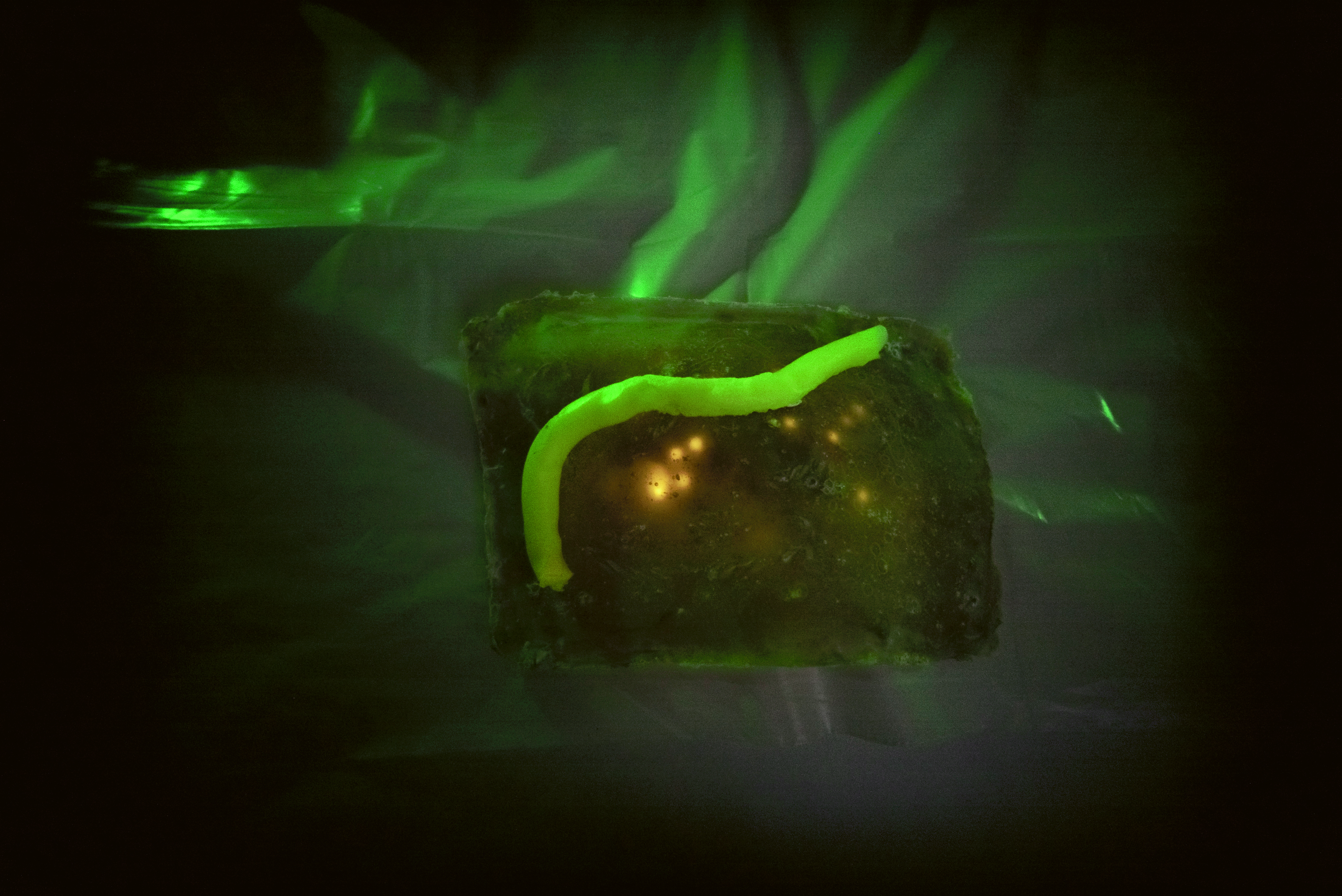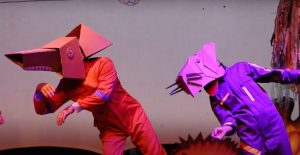SIGNIFICANT NEWS AND URBAN LEGENDS:
GÜLÇİN AKSOY
“UMUR”
Curator: Nergis Abıyeva
14.02.2024
Bilsart presents Gülçin Aksoy’s video work titled ‘Umur’, as part of the exhibition titled “Significant News and Urban Legends”, curated by Nergis Abıyeva, between February 14 and 24, 2024.
The exhibition turns towards the concepts about the past such as personal and collective memory, urban myths, oral history, and historiography in a Post-truth era where facts cease to be objective or lose their importance. Social media such as Facebook and Twitter, which have taken an important place in our lives since the 2010s, have brought about information pollution along with the fluidity and speed of information. As we witness popular discourses taking precedence over objective facts, fact-checking, questioning the source of shared news or information, or scanning archives for past events has diminished. The aspects of social media that lead to speed and instant reflexes have overshadowed the processivity of reaching the source of information.
Oral history studies use oral traditions to record individuals’ life stories and experiences. This often occurs through interviews, recordings, and family stories. Oral history highlights individual perspectives and experiences that official historiography leaves out or ignores. In her video work titled Umur, Gülçin Aksoy expands her position as an artist to contribute to the writing of the history of the Umur Apartment.
Umur, by Gülçin Aksoy, one of the artists with whom I have thought, worked, and practiced in detail for the past five years, was shown for the first time during her solo exhibition Double Story at Depo Istanbul. In the exhibition, which was a milestone in her career, Aksoy addressed the trauma caused by the 1980 coup on her family through her practice, reflecting the aesthetics of the post-coup period, while also referring to collective memory.
Umur, where the artist becomes the subject, is one of the first apartments of Samsun. Built in 1942, it rose in the middle of the city, on the narrow streets that ran parallel to the sea, behind the Itri stop. Belonging to the Umur family, the apartment housed many families that were quiet and kept to their businesses. Between the years 1972 and 1983, the Aksoy family also resided in this apartment; and with the politically revolutionary involvement of the twin sisters belonging to this family, the history of the apartment changed completely. Police raids, sounds of the doors of Renault cars, street doors broken in, and books taken out by sacks became the new daily routines of the Umur apartment. Meanwhile, the twin sisters became fugitives who were included in the wanted list on the grounds that they were members of the revolutionary way organisation (devrimci yol örgütü). On the first day of the coup of September 12, 1980, the entire household was taken hostage. The youngest child, Gülçin Aksoy, was 15 years old; while their brother was killed by the police in 1984, and her twin sister took refuge abroad. The father, one of the notables of the city, cannot recover from what he went through and gradually loses his footing. The father, one of the notables of the city, could not recover from the experience and gradually lost his health. Many members of leftist organisations were in prison at that time but were released towards the 90s. Meanwhile, there were a few families left living in the Umur apartment building. Although the apartment building still maintains its splendour, it has been left very neglected. A few people released from prison first rent the apartment where the Aksoy family lives to create space for themselves. The process that started with education and employment continues with many left-wing organisations renting the flats and the story of the building begins to be rewritten. This video takes place in Gülçin Aksoy’s flat, which used to be the living room of her house and was used by the 1978’s association at the time, and in various areas of the building. Umur becomes a building in the middle of the city where many families warn their children not to enter the apartment, and for those who know its past, it is almost monumental of the past. Even though it is neglected, it stands still with its giant balconies. Until, in 2014, it faced the ‘latest model democrats’, in the artist’s words, who demolished the building in the name of profit. There is now a business centre on the site where the Umur apartment once stood, which was a place of memory or, as Lefebvre describes, a place of representation.
ABOUT GÜLÇİN AKSOY
Gülçin Aksoy (1965) has been running the Carpet Workshop as a faculty member of Mimar Sinan Fine Arts University Painting Department since 1993 and positions her artistic production on learning and producing together, without separating her identity as an educator. ‘Learning Process’, one of the projects he carried out with his students, was exhibited at the ‘Academiae – Youth Art Biennale’ in Boozen, Italy. The Atılkunst collective, which was a part of the Carpet Workshop process, was also one of the co-production models.
Gülçin Aksoy’s latest solo exhibition, “The Medal of Compassion”, was opened in 2023 at Merdiven Art Space, curated by Nergis Abıyeva. Some of her personal exhibitions took place at Depo Istanbul, Galata Greek School, Zilberman Gallery, Pasaj, and Evliyagil Dolapdere. Among the many international exhibitions where Aksoy’s works have been shown are Mobilising Memory (Vienna), the 4th Çanakkale Biennial, City Scale (Munich), and 1st Istanbul Pedestrian Exhibitions. Exhibitions such as “Made in Homeland”, “Family Only”, and “Sounds of Homeland”, which were held with a collective and independent consciousness and in which she was a part of the exhibition team, also hold an important place in terms of following Gülçin Aksoy’s practice since the 1990s.








